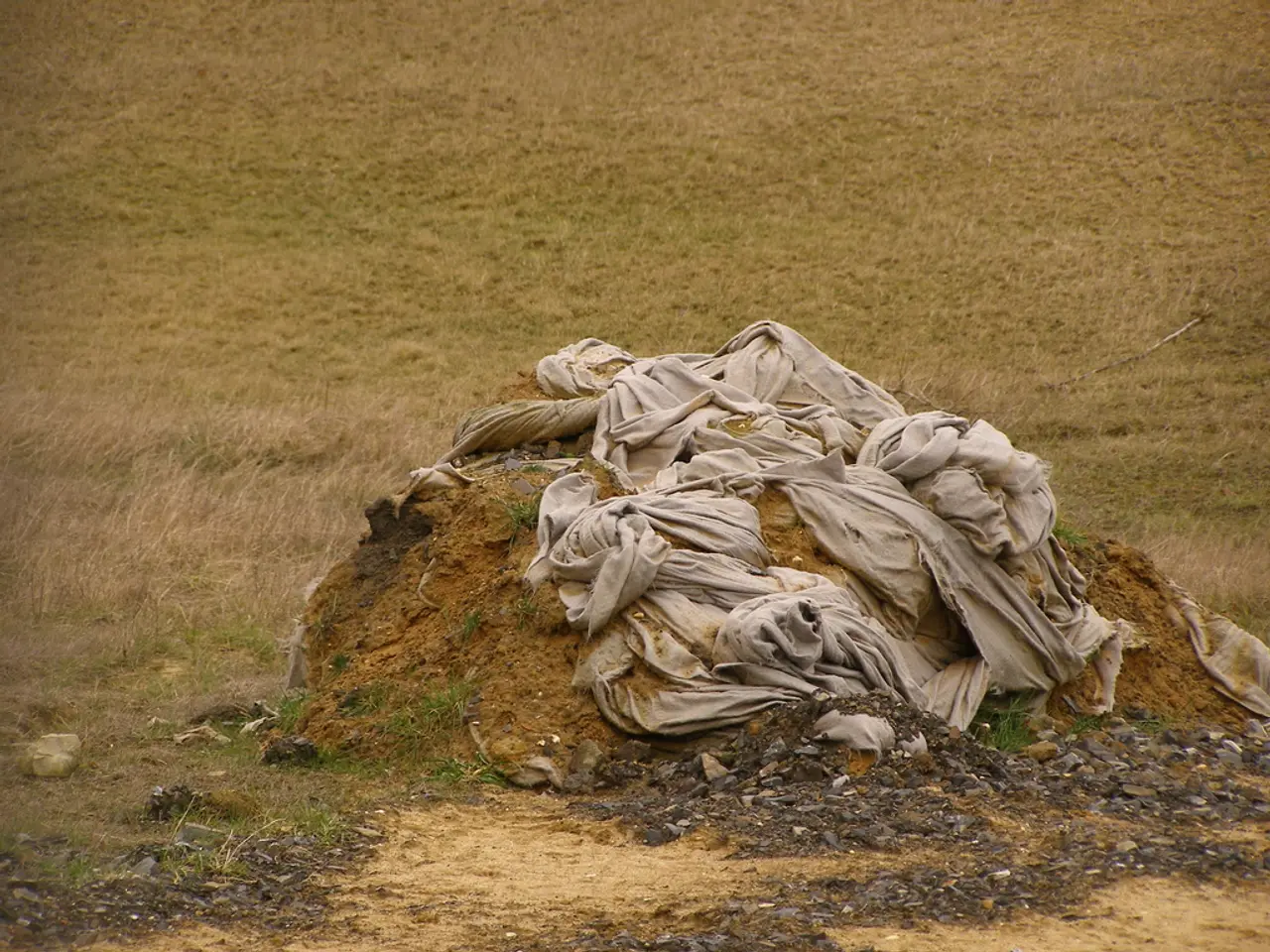Soaking Soil Prior to Planting: Advantageous or Detrimental Decision?
The success of a garden relies heavily on the right soil moisture levels. Here are some key tips to ensure your plants thrive.
First, it's essential to prepare the soil for planting. If the soil holds its shape or breaks into two clumps when formed into a ball, it's too wet for planting. On the other hand, if the soil crumbles through your fingers, it's ready for seeds. Wetting the soil before planting makes soil preparation easier and helps create an optimal environment for root growth.
Before planting, water the soil several days in advance to achieve the optimal moisture level. This step is crucial as it improves seed-to-soil contact, ensuring proper germination. It also reduces the risk of weed growth.
After planting, water the plants using a slow drip method directly to the roots or a sprinkler system. Watering should be slow and long, allowing the water to soak deeper into the soil and reach more of the roots. Maintaining the right level of soil moisture is crucial for plant health, as wetting the soil before planting promotes optimal germination and encourages strong root development.
To maintain soil moisture after planting for optimal plant growth, you should:
- Use moisture-retaining soil additives such as organic matter (compost or well-rotted manure) or hydrogels that increase the soil’s water-holding capacity and encourage healthy root development. These can be mixed into the soil before planting or applied as a top dressing around plants.
- Apply mulch (organic like straw or wood chips, or inorganic) on the soil surface to reduce evaporation, regulate soil temperature, suppress weeds, and improve water retention over time.
- Practice deep watering, ensuring that water penetrates the entire root zone rather than just the top layer of soil. This encourages roots to grow deeper and access moisture more efficiently.
- Monitor soil moisture regularly using tools like moisture meters or finger tests to maintain the optimal moisture percentage for your specific plants and soil type.
- Schedule irrigation based on plant needs and soil water availability, refilling soil moisture before it drops below 40-50% of available water to prevent stress and maximize growth.
- Improve soil structure and aeration with conditioners like compost combined with materials such as perlite or vermiculite to enhance water retention without causing compaction that restricts root oxygen.
By following these practices, you can ensure consistent moisture availability after planting, support strong root development, reduce water loss, and optimize plant health and yield.
Lastly, if you find fewer than ten earthworms, add more organic matter to improve the structure and increase beneficial microbial activity. If the footprint left behind is dull, it's time to plant your hardy vegetables as the weeds have started to grow. Remember to avoid overwatering, as it can cause root rot and other problems.
[1] Soil Moisture Management
[2] Watering Techniques for Container Plants
[3] Irrigation Management
[4] Soil Amendments
[5] Soil Moisture Management for Vegetables
- To maintain the optimal moisture level in your home-and-garden, consider incorporating soil additives like compost, well-rotted manure, or hydrogels, which can boost the water-holding capacity of the soil and foster healthy root development.
- To promote long-term water retention and reduce evaporation in your garden, apply a layer of mulch over the soil, which also helps suppress weeds and regulate soil temperature.




